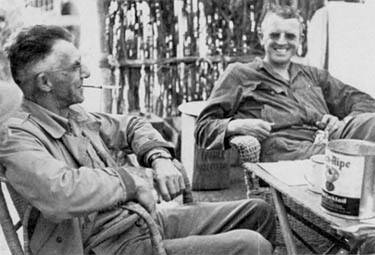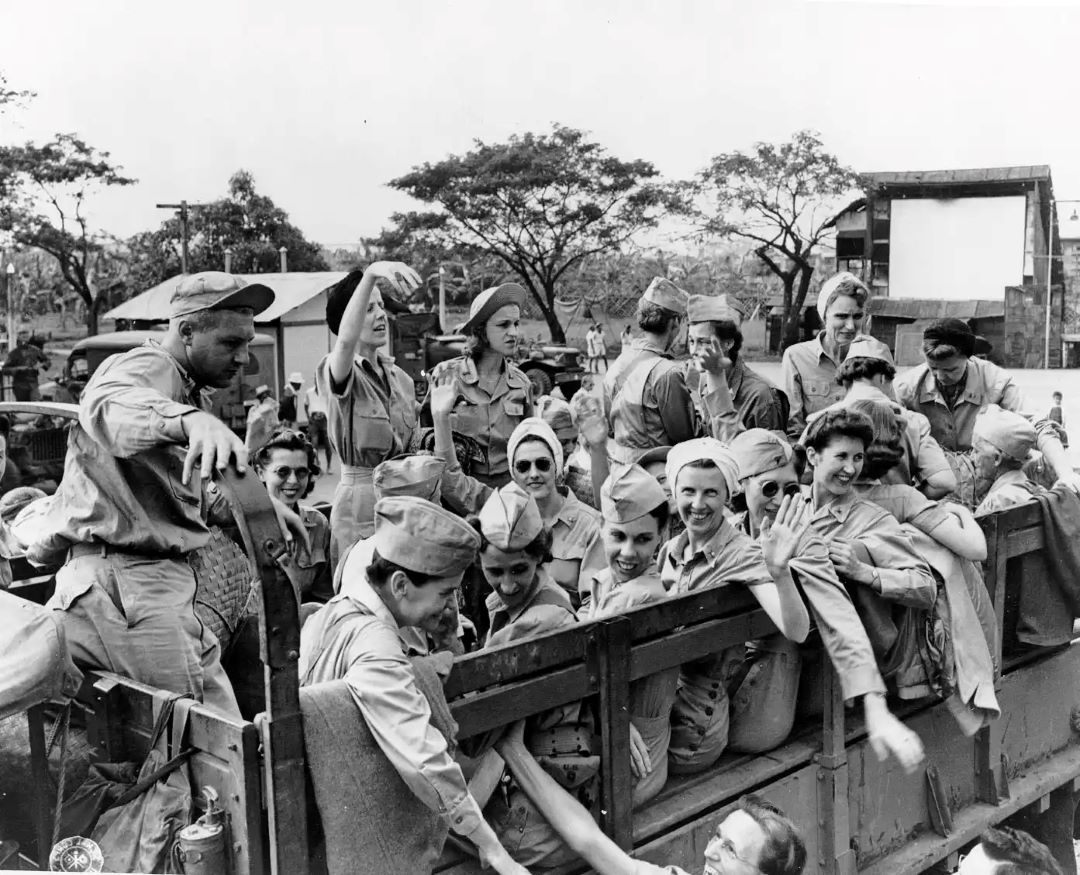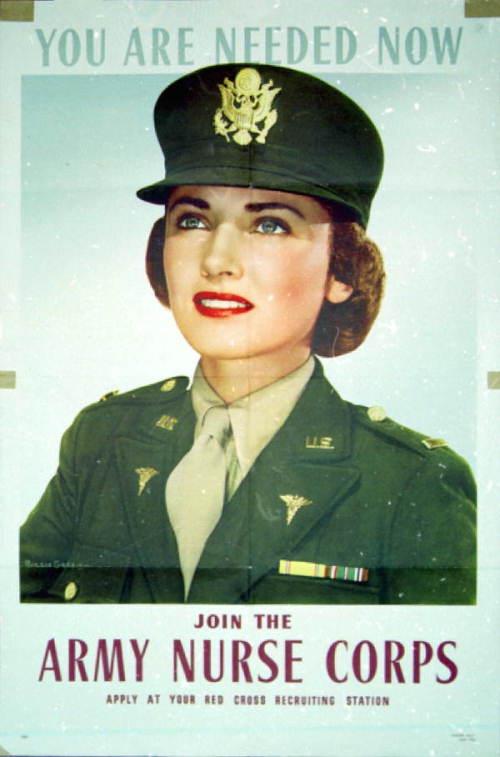
27 MARCH 1814 - BATTLE OF HORSESHOE BEND - #CREEKWAR #WAROF1812
In March 1814, Tennessee Militia Maj Gen Andrew Jackson led an expedition of about 2,000 infantry - including the regulars of the 39th Inf, TN Mounted Gunmen, warriors, and a company of artillery.
In March 1814, Tennessee Militia Maj Gen Andrew Jackson led an expedition of about 2,000 infantry - including the regulars of the 39th Inf, TN Mounted Gunmen, warriors, and a company of artillery.

Jackson's men marched 52-miles, cutting a trail through the forest, from Fort Williams on the Coosa River toward the Red Stick stronghold of Tohopeka, located at a bend in the Tallapoosa River known as Horseshoe Bend - in present-day Alabama.
#Armyhistory #USArmy #TRADOC
#Armyhistory #USArmy #TRADOC
With the river on three sides and a strong earth-and-timber breastwork on the fourth, it was defended by between 1,000 and 1,200 warriors commanded by their leader Menawa. After making camp on 26 March about six miles from the objective, Jackson's force prepared to attack. 

On the morning of 27 March, Brigadier General John Coffee led the Tennesseans and Cherokee and Creek allies to positions opposite the enemy town, while Jackson advanced with the main body into the peninsula.
#MilitaryHistory
#MilitaryHistory

The two guns began an ineffectual two-hour cannonade at 1030. Although the artillery did little damage to the breastwork, the allied warriors used the diversion to capture some Red Sticks' canoes, with which Coffee's force crossed the river and attacked the enemy from the rear.
At about noon, Jackson ordered a frontal attack with the 39th Infantry in the center and brigades of militia on each flank. The regulars charged with fixed bayonets and assaulted up to and over the enemy barricade, and the fighting raged throughout the afternoon. 

The Red Stick warriors suffered 800 casualties, and 250 women and children were taken captive. The rest of the Creeks escaped with their severely wounded leader. The Americans suffered 49 killed and 154 wounded, many mortally, in the battle.
• • •
Missing some Tweet in this thread? You can try to
force a refresh
 Read on Twitter
Read on Twitter

















